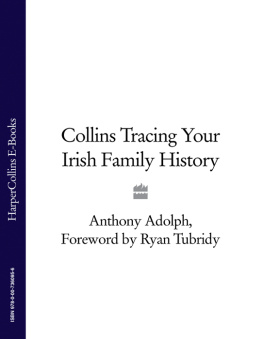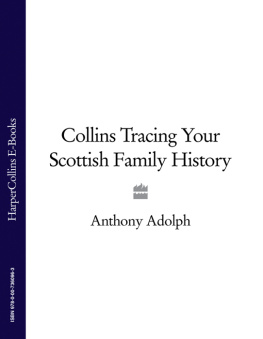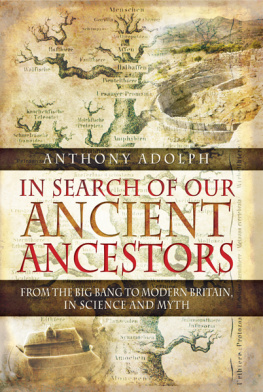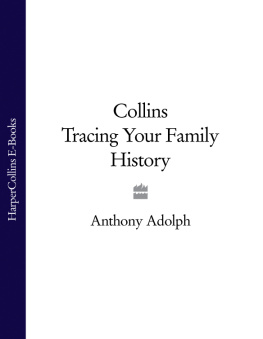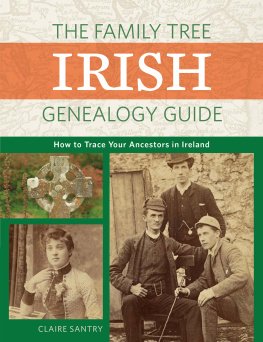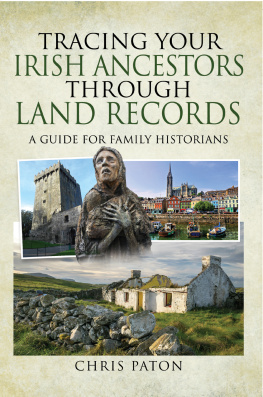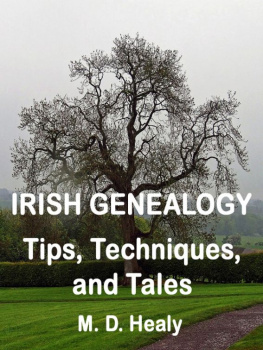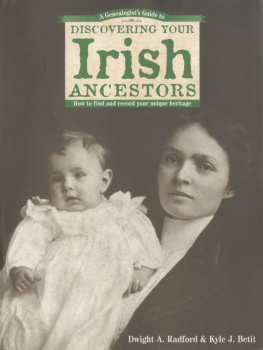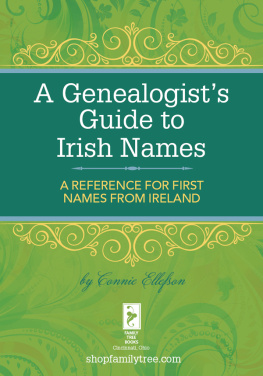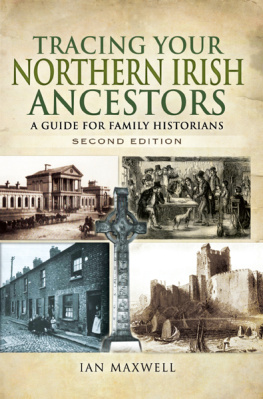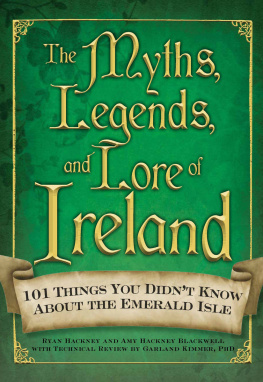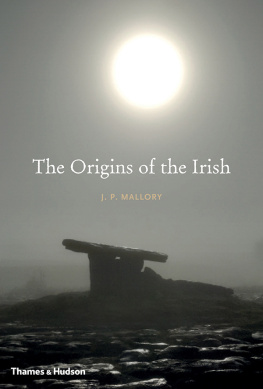To Ann Lavelle, for Extraordinary Ancestors and everything else that followed as a consequence and whose surname, incidentally, speaks eloquently of her family roots in Co. Mayo.
Recently, I interviewed an Irish economist who was explaining the phenomenal impact of the Irish in Britain. From Lennon/McCartney to Wayne Rooney and even Tony Blair, the Irish strain has always produced second and third generation performers. In London, some of the major landmark buildings are being snapped up by men who started life making tea on building sites off Regent Street. So, is this reverse-colonisation or just the natural upshot of an emigration-prone nation?
In America, President John Fitzgerald Kennedy helped not only to put the emigrant Irish on the map but also to take them out of the no dogs, no blacks, no Irish generation. Ever since, nearly every American president has found some class of connection to this small but beautiful island. As I write, Senator Hillary Clinton continues to parade her Irish roots and Barack Obama has claimed a bloodline to Co. Offaly.
How times have changed in Ireland. There have always been Irish sons and daughters on the move in search of better times, but the great brain drain that characterised generation after generation of migrants from the Famine to the dark economic days of the 1980s has now halted, thanks to the welcome appearance of peace in the 1990s. A new prosperity has stopped Irishmen and women leaving and brought many of them home to an emotional reunion with families who had expected empty places at the dinner table forever.
With over 70 million people across the globe claiming Irish ancestry, the arrival of Anthony Adolphs book couldnt be timelier. A hotel in Dublin recently hired an archivist to help tourists trace their roots as part of the service provided. Such is the demand for and interest in the past that people feel the desire to investigate further. For those who cant make it to Ireland or wish to research before they travel, this genealogical manual will do the trick. Its accessible and helpful as it guides you through the potentially fraught route to your past. The importance of history and the respect that the author has for the past is evident on every page.
Each of us has a story, first generation Irish and beyond, and here is an opportunity to shine a torch into the past and discover what lies beneath. Whatever you find, be it skeletons or gold dust, it promises to be a fascinating and enjoyable journey. Ad astra per ardua.
This book is designed to help you trace your Irish roots back as far as they can go.
- If you are living outside Ireland, the first task is to trace back to your Irish immigrant ancestor. Most people alive now with Irish roots live outside Ireland mainly due to the mass migration of the 19th century, and in particular the Great Famine of the 1840s.
- If you are using this book in Ireland, or already know your Irish place of origin, after reading part 1 of the book you may want to turn directly to part 3 (p. 72), where youll find resources for tracing ancestry within Ireland.
- This book will be useful, too, for anyone wanting to trace relatives, because all Irish families, without exception, have cousins all over the world, from Britain to Argentina and Canada to New Zealand, often within only a handful of generations.
For many people, the most difficult step is finding where in Ireland your ancestors came from. If records in the country of migration dont tell you, there are various techniques you can employ to ascertain the most likely areas mainly by localising the surname and, now, seeking DNA matches. In most cases you will succeed. Then, you can explore your family using Irish records, seeking cousins, learning about your familys social history, and tracing back as far as records allow. You may get back many centuries but, sadly, due to lack of records, many lines dont go back much further than the early 19th century.
If so, youll still have the immense pleasure of being able to visit an obscure corner of Ireland, and say (or just think, if youre more modest) my people came from here!. But having done so, please dont let the limitations of the sources blind you into thinking youve reached the end of the trail. For within Ireland, families have tended to remain fairly stationary for long periods of time. Where any earlier records for your ancestral area survive, you may pick up members of earlier generations serving in local militias, employed as officials on landed estates, or in an Elizabethan pardon for taking part in a local rising.
The same applies to going back yet further. Because Ireland was not invaded by Rome, yet was converted to Christianity early on, it has one of the richest storehouses of traditional genealogy in the world. Most surnames fit into old family trees showing when and how they originated. Early pedigrees in many cases trace back to the younger sons of the Irish kings, to within a few centuries of the start of the Christian era. Before then, pedigrees based perhaps more in myth than reality stretch right back into the mists of time, to the heroic days when the Sons of Mil, the Milesian ancestors of the modern Irish, wrested green Erin (old Ireland) from the ancient gods, the Tuatha de Danann. Such old pedigrees tell of legendary ancestors, and we simply dont know how many grains of truth they may contain.
When I was writing this book, the Chief Herald of Ireland himself was kind enough to talk to me about our Milesian forebears. Ultimately, he said, the myth is what sustains you. It doesnt matter if it is true: for what is unquestionably true is the belief our ancestors had in the myth. Neither he nor I would ever advocate imagining that ancient Irish ancestors were definite historical characters. But to research your Irish ancestry and not thoroughly enjoy finding personal connections, albeit just through your surname, to the grand, heroic traditions of this beautiful island, would be as daft as flying all the way from New York to Dublin, and then not leaving your hotel room.
Theres never been a better time to research your Irish ancestors, either. With the great advances in the way records are catalogued, indexed, archived and even made available on the Internet, its vastly cheaper and easier to trace your Irish roots than ever before. But these positive developments are nothing compared to what comes next. At each stage of your journey, from finding your Irish kin, and your ancestral home, and testing out the ancient cousinships suggested by Medieval and even legendary pedigrees, the spanking-new science of genetics has completely revolutionised this revered old subject of ours. Having your DNA examined is incredibly easy and now relatively cheap. The more people who add their test results to databases, the more extraordinary the emerging results become. Some long-established genealogical truths have already been crushed. And, amazingly, some ancient family trees, that most serious scholars thought couldnt possibly be true, have been tested by this cutting-edge scientific approach and been found to be correct after all.
If youre already well advanced on your journey, I hope this book will assist you to make wonderful new discoveries. If youve just started behold the world of possibilities that awaits you!
Abbreviations
| CHC | County Heritage Centre (Irish) |
| CoE | Church of England (Anglican) |
| CoI | Church of Ireland |
| FHC | Mormon Family History Centre |
| FRC | Family Records Centre (London) |
| GPC | Genealogical Publishing Company |
| Grenham | John Grenham, Tracing your Irish Ancestors: The Complete Guide |

